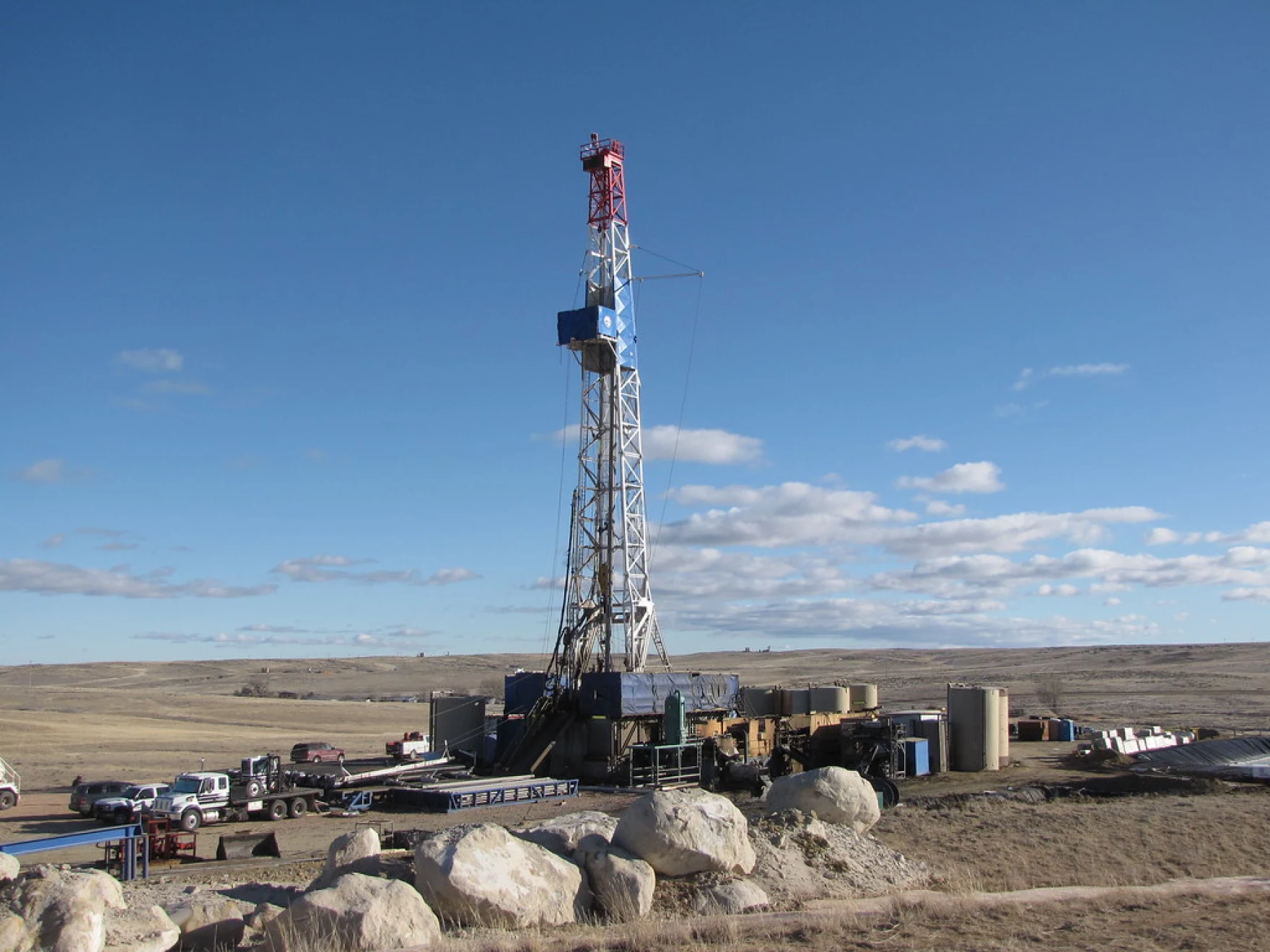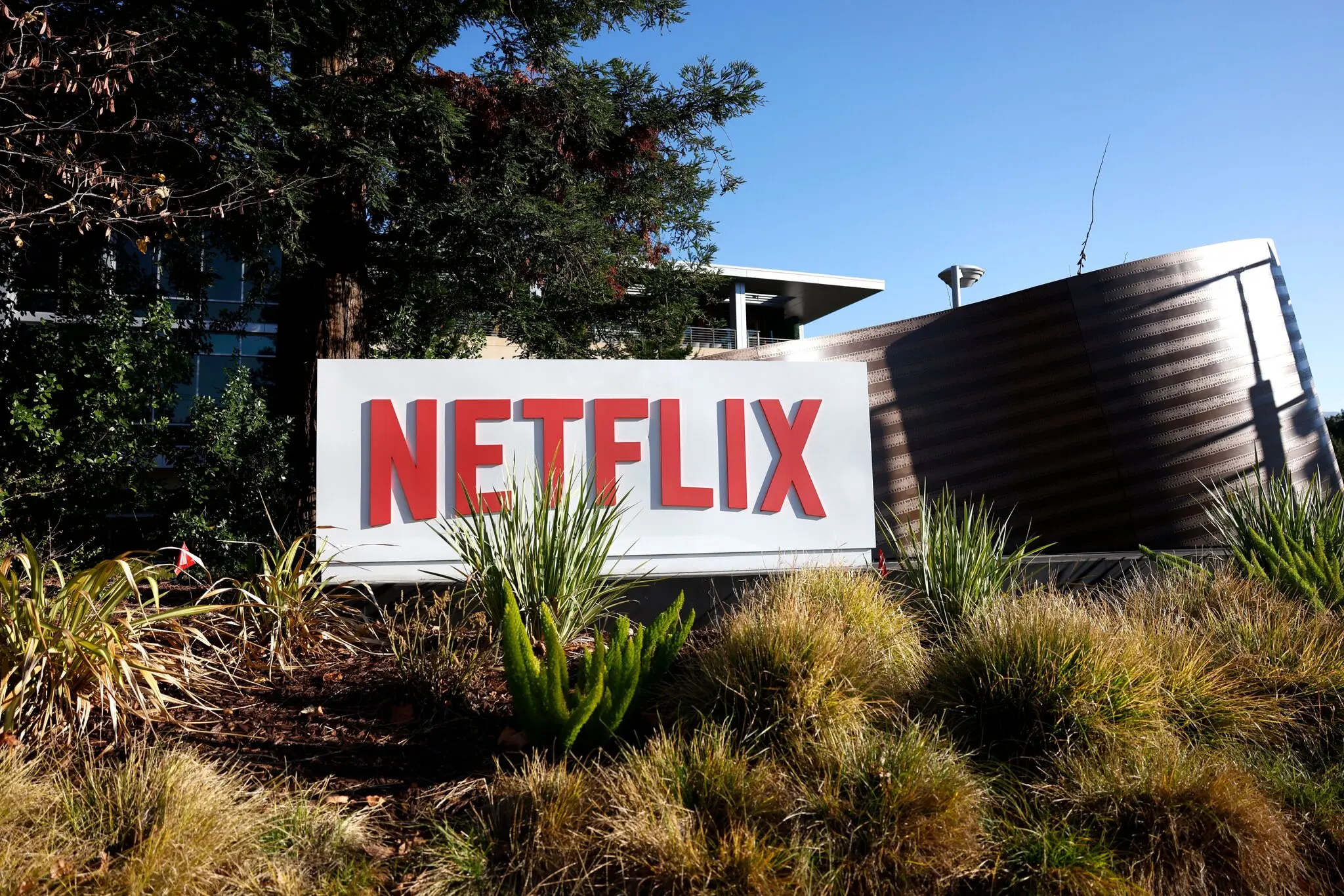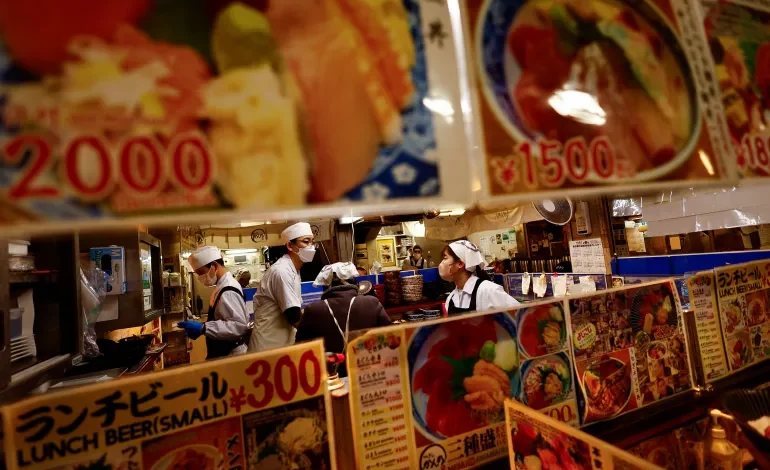Japan is confronting what local media have dubbed a “rice crisis” after government figures revealed that retail rice prices surged 98.4 percent in April compared with the same month last year, following a 92.5 percent jump in March, Al Jazeera reports.
A 5-kilogram bag of the premium Koshihikari variety now costs about ¥5,000 (roughly US $35), while other common brands hover around ¥4,200 ($29). The spike is squeezing household budgets, fuelling wider inflation concerns, and further eroding support for Prime Minister Shigeru Ishiba’s Liberal Democratic Party ahead of parliamentary elections later this year.
Emergency steps—including the release of state rice reserves—have failed to cool prices. “We first need to determine exactly how much rice is available and where it is,” Ishiba told lawmakers this week.
Economists point to several overlapping factors:
- Weather damage: An unusually hot summer in 2023 slashed domestic yields.
- Global turmoil: The war in Ukraine has tightened wheat supplies, prompting some consumers and restaurants to switch to rice.
- Rumour-driven hoarding: Online chatter about a potential mega-earthquake sparked waves of panic buying.
- Tourism rebound: A resurgent hospitality sector is boosting demand as inbound travel returns to pre-pandemic levels.
With local rice scarce, some restaurants and households are turning to cheaper imported brands—an uncommon shift in a country renowned for its preference for home-grown varieties.
Agriculture Minister Taku Eto resigned this week after remarking that he “never had to buy rice” thanks to gifts from supporters—a comment critics deemed tone-deaf amid the cost-of-living squeeze. His successor, Shinjiro Koizumi, pledged to push the average price of a 5 kg bag back toward ¥3,000 ($20).
A recent poll showed cabinet approval sliding to 27.4 percent, down five points from April. Analysts warn the rice shortage could deepen voter dissatisfaction if prices remain high.
Japan’s broader inflationary trend is accelerating: core consumer prices rose 3.5 percent year-on-year in April, the fastest pace in more than two years, while food costs jumped 7 percent. Labour shortages in agriculture and logistics are compounding supply issues.








The latest news in your social feeds
Subscribe to our social media platforms to stay tuned